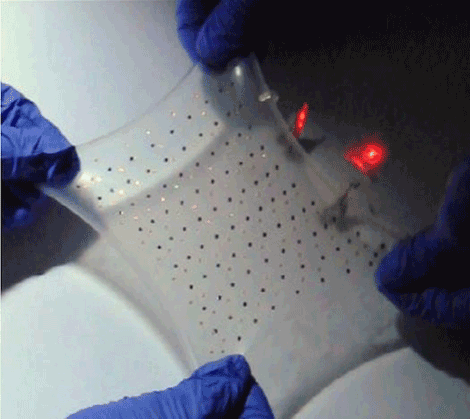
Yesterday eve I attended a so-called 'Front End Developers' meetup. It was such a positive event of young people, it really made me happy that this new generation is shaping to world of tomorrow. Here is a bit more detail:
ING (Bank) hosted 300 Front-End developers in their Head Quarters near Amsterdam Bijlmer Arena. This sentence needs some explanation. A front-end developer designs and constructs that part of a complex website (think about Booking.com, Wehkamp.com or ING.com) that you can see. Is typically a male between 25-35 with a beard, but we had about 10% woman and some older guys as well, with or without beard.
Why was hosting ING this event? Well, all information dense companies, such as banks, are actually becoming IT-companies. More and more, a large part of their employees are actually IT people making the business more efficient and effective at the very same time. So ING needs people on one hand (so this a good way of getting in touch with them), and want their current employees to be proud at their company at the same time. For me, they succeeded in this event. They really took the opportunity to show the best of their selves. They registration proces was smooth, the security (hey, it's still a bank), was really good organised so we could enter the building with all of us without delay. Beers, good food and an ice cream during the break. A borrel after the talks with the opportunity to play around in the bar and play zone. How cool is that? Lots of employees guiding and helping us through the building. Compliments ING!!!
Why did I attend this event? Well, remember I spent a fortune on www.chatbots.org between 2008 and 2012? It now appears I was way to early. Chatbots are HOT these days. So... I've made a decision. I've made a decision to go back in the field. And in order to go back in the field, the website needs to be modernized. As I wrote before I totally dived in Angular 4, a modern front-end technology, and I'm gathering people who would like to help me. This was a certainly a good setting you learn their language, their behaviour, their interest. Soooo much has changed since I left IT back in 2003!.
Have you never been to such events? Do you still think most people speak Dutch in the Netherlands, and few excepted? Well, it is actually the other way around. These people come from all over Europe, have studied and worked in other countries. They speak English, that is their language. These Germans, Italians and Greek speak very good English. English is the de-factor new language in Europe. Why learn Dutch? You might go to Spain in a few years from now. Should you learn all languages? I totally understand this new generation!
And what really made me happy? Well, the atmosphere was so calm, so open, so co-operative. Speakers shared their creations from their heart, even working for competing companies. Some where speaking just wearing a shirt and a short. How cool is that? They were really one of us. Everyone could be standing there! And for this generation, this is the way to go. There is no other way to co-operate. And now they are developers, but they will unfold themselves as leaders, showing the way to the future for their generation and next generations.
If you watch the news today and you see the struggle of the world, please remember that there is very strong new generation coming up and they WILL do things different. When it would up to me, I would totally trusted this generation. So thankful that I could be in your community these hours last evening and probably in the future as well!
Related trends



